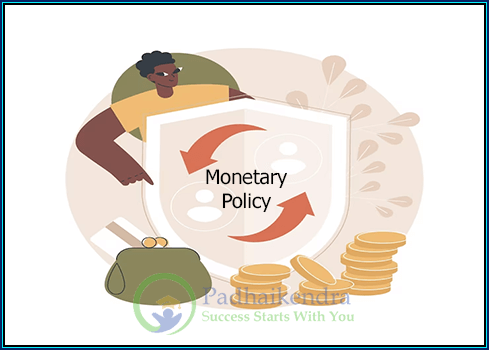Monetary Policy
Sure, here are some key pointers to help explain monetary policy:
- Definition: Monetary policy refers to the actions taken by a central bank to influence the supply of money and credit in an economy.
- Objectives: The primary objective of monetary policy is to achieve price stability and promote sustainable economic growth.
- Tools: Central banks use various tools to implement monetary policy. The most commonly used tools include open market operations, reserve requirements, and the discount rate.
- Open Market Operations: This is the most commonly used tool for implementing monetary policy. It involves the buying and selling of government securities in the open market to influence the money supply.
- Reserve Requirements: This tool involves setting a minimum amount of reserves that banks are required to hold. By adjusting these requirements, central banks can influence the amount of money that banks are able to lend.
- Discount Rate: The discount rate is the interest rate at which banks can borrow money from the central bank. By adjusting the discount rate, central banks can influence the amount of money that banks are able to lend.
- Inflation Targeting: Many central banks use inflation targeting as a framework for implementing monetary policy. Inflation targeting involves setting a specific inflation target and using monetary policy to achieve that target.
- Independent Central Banks: Many countries have independent central banks that are free from political influence. This allows central banks to make decisions based on economic fundamentals rather than political considerations.
Monetary Policy refers to the actions taken by a central bank to influence the supply of money and credit in an economy. The primary objectives of monetary policy are to achieve price stability and promote sustainable economic growth. Central banks use various tools to implement monetary policy, including open market operations, reserve requirements, and the discount rate. Many central banks use inflation targeting as a framework for implementing monetary policy, and many countries have independent central banks that are free from political influence.




